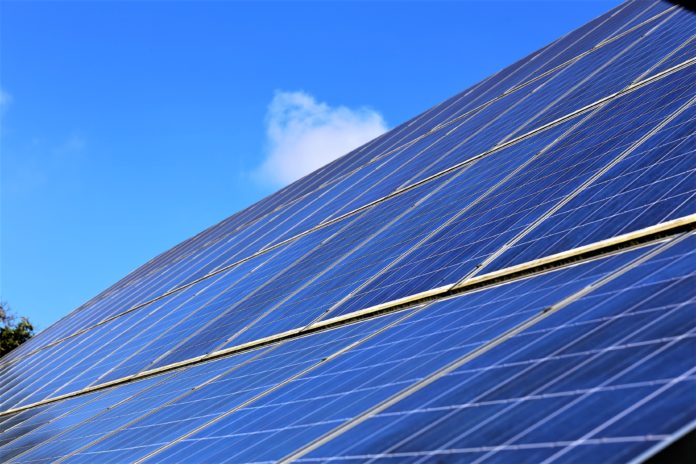As a part of the EU-supported group ‘Energy-oriented Center of Excellence (EoCoE)’, FAU scientists are presently endeavoring to additionally enhance and grow the fields of use of mainframes computers for the innovative work of the global energy supply of future.
Scientists utilize supercomputers to create complex models of reality when customary approaches in physics, chemistry or engineering have achieved their points of confinement. With these ‘digital twins’, analysts can resolve challenging issues where extensive scale investigations would be either impossible or extremely complex or expensive, for example, crash simulations or research into long-term climate change.
Scientists are helping to replace or enhance expensive and lengthy experiments by using computer simulations. As part of the second phase of funding of the EU flagship project EoCoE, they are researching how to improve computer simulations of physical systems in energy research such as photovoltaics and geothermal energy, wind farms or plasma physics for the potential use of fusion energy.
With their working groups, the FAU specialists are creating complex parallel simulation programs and are breaking down how exact they really are keeping in mind the end goal to advance their efficiency. For example, flow simulations can improve the energy yield of wind farms.
Prof. Dr. Ulrich Rüde, Chair of System Simulation said, “FAU has a long tradition and holds a leading international position in research into supercomputing. This is one of the reasons we have been invited to participate in this research into energy.”
When asked about the social relevance of the project, Rüde stresses how important the ability to generate energy in an environmentally friendly way will be for the human race in the future.
